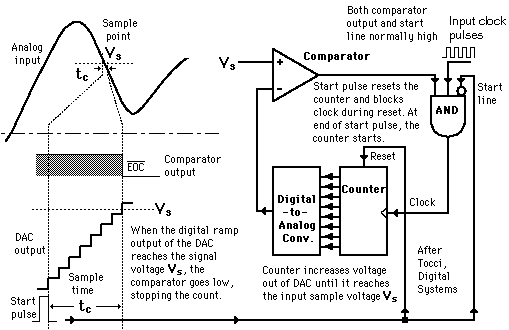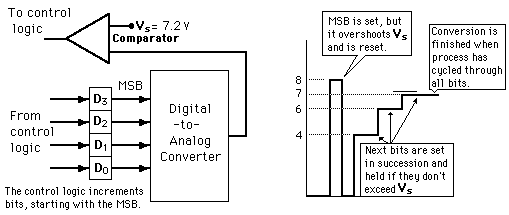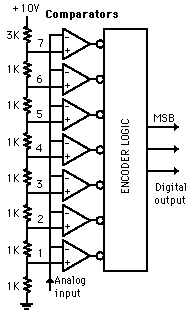Objectives:
1) To know the operation theory for pressure sensor
2) To know the suitable pressure sensor
Method:
1) By making research in the internet
Pressure sensors are based on the principle of bending a membrane caused by the pressure in a liquid or gas. Pressure is an expression of the force required to stop a fluid from expanding and is usually stated in terms of force per unit area. A pressure sensor acts as a transducer. it generates a signal asa function of the pressure imposed. On the membrane is a very thin conductive screened layer that follows the bending of the membrane. This bending can be measured in two different ways:
a) Can measure the distance between the conductive and resistive layer on the membrane and a reference layer in the housing of the sensor. The two layers form a capacity and the change in the distance show a change in the capacitive value can be measured.
b) The resistance of the conductive layers is changed when the membrane is bended. A smart mechanical layout of four resistive structures can form a stable Wheatstone bridge, comparable with the classical strain gauge sensors.
Both ways of measuring the pressure are widely used. Pressure sensors are used for control and monitoring in thousands of everyday applications. Pressure sensors can also be used to indirectly measure other variables such as fluid/gas flow, speed, water level, and altitude. It is alternatively can be called:
a) Pressure transducers
b) Pressure transmitters
c) Pressure senders
d) Pressure indicators
e) Piezometers
f) Manometers
There are many types of pressure sensors and the type of pressure sensor is listed below:
a) Gauge pressure sensor
The difference of the medium and the atmospheric pressure is measured. Therefore, one side of the membrane is always atmospheric pressure. A tire pressure gauge is an example of gauge pressure measurement. When it indicates zero, then the pressure it is measuring is the same as the ambient pressure.
b) Absolute pressure sensor
This sensor measures the pressure relative to perfect vacuum. So one side of the membrane is vacuum.
c) Differential pressure sensor
Referenced to another pressure and can measure the difference between the two pressures. So both sides can be anything. Differential pressure sensors are used to measure many properties such as pressure drops across oil filters or air filters, fluid levels or flow rates. Most pressure sensors are really differential sensors in technical way.
d) Sealed pressure sensor
This sensor is similar to a gauge pressure sensor except that it measures pressure relative to some fixed pressure rather than the ambient atmospheric pressure which varies according to the location and the weather.
Pressure is sensed by mechanical elements such as plates, shells, and tubes that are designed and constructed to deflect when pressure is applied. This is the basic mechanism converting pressure to physical movement. Next, this movement must be transduced to obtain an electrical or other output. Finally, signal conditioning may be needed depending on the type of sensor and the application. The main types of sensing elements are Bourdon tubes, diaphragms, capsules, and bellows.
 |
| The basic pressure sensing elements can be configured as a C-shaped Bourdon tube (A); a helical Bourdon tube (B); flat diaphragm (C); a convoluted (D); a capsule (E); or a set of bellows (F). |
There are many types of pressure-sensing technology. These are be divided by two basic categories of analog pressure sensors:
a) Force collector types
These types of electronic pressure sensors generally use a force collector such a diaphragm, piston, Bourdon tube or bellows to measure strain or deflection due to applied force(pressure) over an area.
P= Force (F) / Area (A)
- Piezoresistive strain gauge
- Capacitive
- Electromagnetic
- Piezoelectric
- Optical
- Potentiometric
b) Other types of pressure sensor which use other properties such as density to infer pressure of a gas or liquid.
- Resonant
- Thermal
- Ionization
Manufacturers of pressure sensors have elaborate calibration facilities to verify the accuracy of their production test equipment. These are the equipment to do the calibration of pressure sensor:
a) Dead-Weight Tester
A dead-weight tester uses calibrated weights that exert force on a piston which then acts on a fluid to produce a test pressure. For high pressures (>500 psi), oil is typically used. For lower pressures, pneumatic air bearing testers are available and are much more convenient as well as less messy to use.
 |
| Dead-weight testers is used to calibrate pressure sensors incorporate calibrated weights that exert force on a piston which in turn acts on a fluid to produce a test pressure. Oil-type testers commonly used for high pressures while pneumatic air bearing devices is used for lower pressures. |
b) Manometer
A mercury manometer is a simple pressure standard and may be used for gauge, differential, and absolute measurements with a suitable reference. It is useful mainly for lower pressure work because the height of the column of mercury will otherwise become unwieldy.
 |
| Mercury manometer to calibrate pressure sensors which can be used on gauge, differential, and absolute sensors with a suitable reference. It is used mainly to calibrate sensors designed to measure in the lower pressure ranges. |
c) Low-cost Calibration
Many of the higher performance commercially available pressure sensors are furnished with individual text data. A sensor with excellent repeatability and hysteresis makes an excellent low- cost in-house pressure calibration reference when combined with a pneumatic pressure regulator and a source of air pressure.
 |
| A sensor with excellent repeatability and hysteresis can be combined with a pneumatic pressure regulator and a source of a air pressure to yield an inexpensive in-house pressure calibration reference. |
The factors to consider when selecting the pressure sensors are:
a) The medium for compatibility with the materials used in the sensor, the type such as gauge, absolute, or differential of measurement, the range, the type of electrical output, and the accuracy required.
b) Manufacturer's specifications apply to a particular temperature range. If the range of operation in a given application is smaller, for example, the errors should ratio down. Total error can be computed by adding the individual errors or by computing the geometric sum or root sum of the squares.
The application of pressure sensors are:
a) Industrial
b) Automotive
c) Medical
d) Heating, Ventilating, Air Conditioning
e) Gas Boilers, Gas Ovens, Pellet Stoves
Conclusion:
This week I am going to learned about the pressure sensor as it is one of the component which used in my project. The type of pressure sensor and the application of each type need to take note so that it is suitable to use in the project. For my project, I will used the differential pressure sensor as it measure the differences between two pressures. By using this sensor, it can provide safety for the riders. The pressure sensor is connected to ADC so that the measurement can be read when both of it interface with microcontroller. This can be used to check whether the riders wear the helmet or not before they turn on their motorcycle. If they do not wear the helmet, the motorcycle will not start.

































